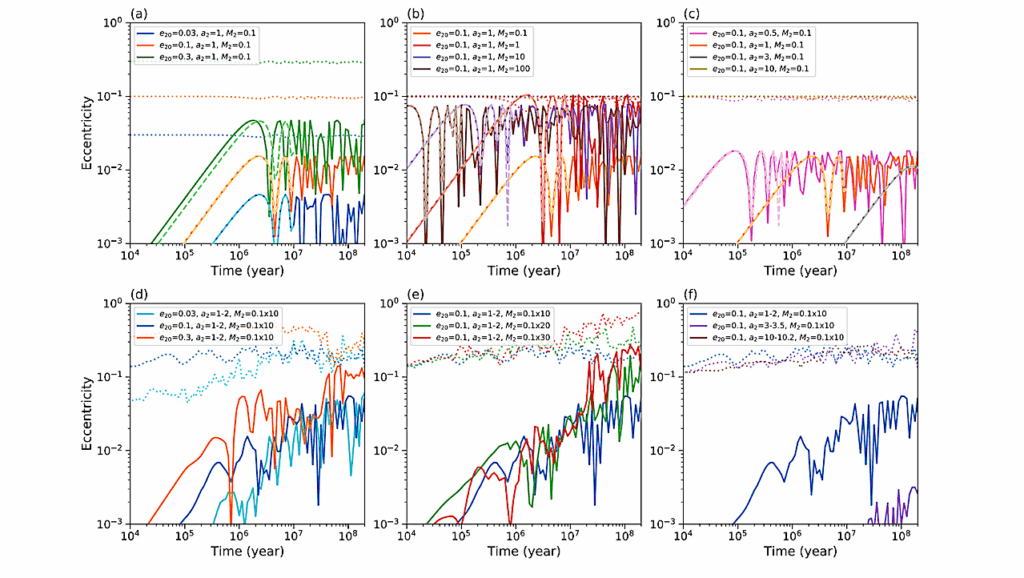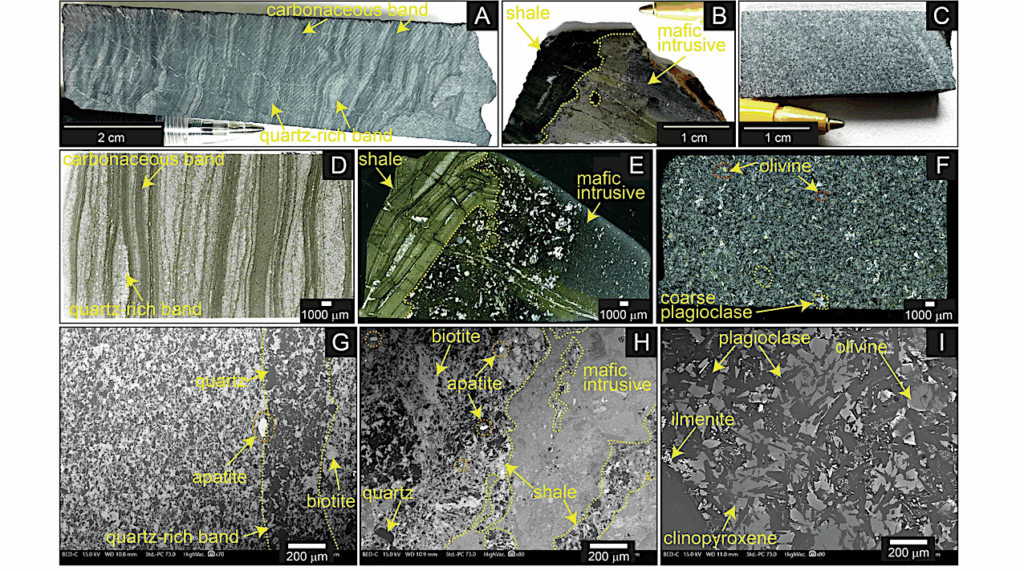The Occurrence Of Small, Short-period Planets Younger Than 200 Myr With TESS

Within the first few hundreds of millions of years, many physical processes sculpt the eventual properties of young planets. NASA’s TESS mission has surveyed young stellar associations across the entire sky for transiting planets providing glimpses into the various stages of planetary evolution.
Using our own detection pipeline, we search a magnitude-limited sample of 7219 young stars (≤200 Myr) observed in the first four years of TESS for small (2-8 R⊕), short period (1.6-20 days) transiting planets. The completeness of our survey is characterized by a series of injection and recovery simulations. Our analysis of TESS 2-minute cadence and Full Frame Image (FFI) light curves recover all known TOIs, as well as four new planet candidates not previously identified as TOIs.
We derive an occurrence rate of 35+13−10% for mini-Neptunes and 27+10−8% for super-Neptunes from the 2-minute cadence data, and 22+8.6−6.8% for mini-Neptunes and 13+3.9−4.9% for super-Neptunes from FFI data. To independently validate our results, we compare our survey yield with the predicted planet yield assuming Kepler planet statistics.
We consistently find a mild increase in the occurrence of super-Neptunes and a significant increase in the occurrence of Neptune-sized planets with orbital periods of 6.2-12 days when compared to their mature counterparts. The young planet distribution from our study is most consistent with evolution models describing the early contraction of hydrogen-dominated atmospheres undergoing atmospheric escape and inconsistent with heavier atmosphere models offering only mild radial contraction early on.
Sydney Vach, George Zhou, Chelsea X. Huang, James G Rogers, L. G. Bouma, Stephanie T. Douglas, Michelle Kunimoto, Andrew W. Mann, Madyson G. Barber, Samuel N. Quinn, David W. Latham, Allyson Bieryla, Karen Collins
Comments: Accepted to AJ. 24 pages, 13 figures, 3 tables
Subjects: Earth and Planetary Astrophysics (astro-ph.EP)
Cite as: arXiv:2403.03261 [astro-ph.EP] (or arXiv:2403.03261v1 [astro-ph.EP] for this version)
Submission history
From: Sydney Vach
[v1] Tue, 5 Mar 2024 19:00:20 UTC (6,263 KB)
https://arxiv.org/abs/2403.03261
Astrobiology,








